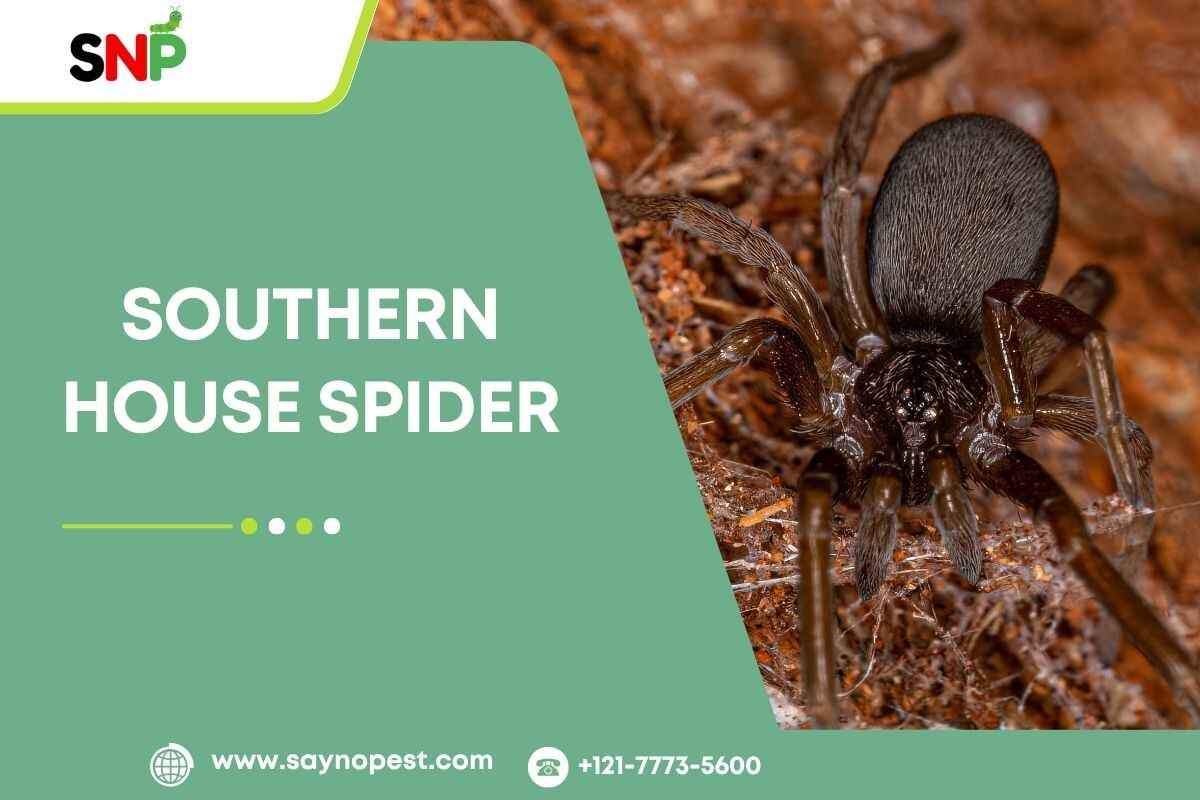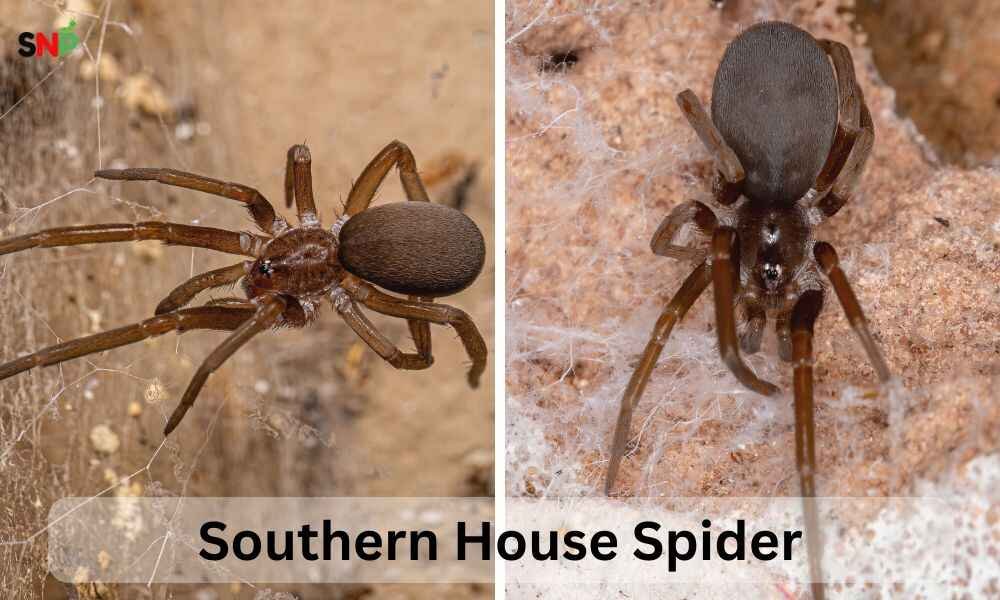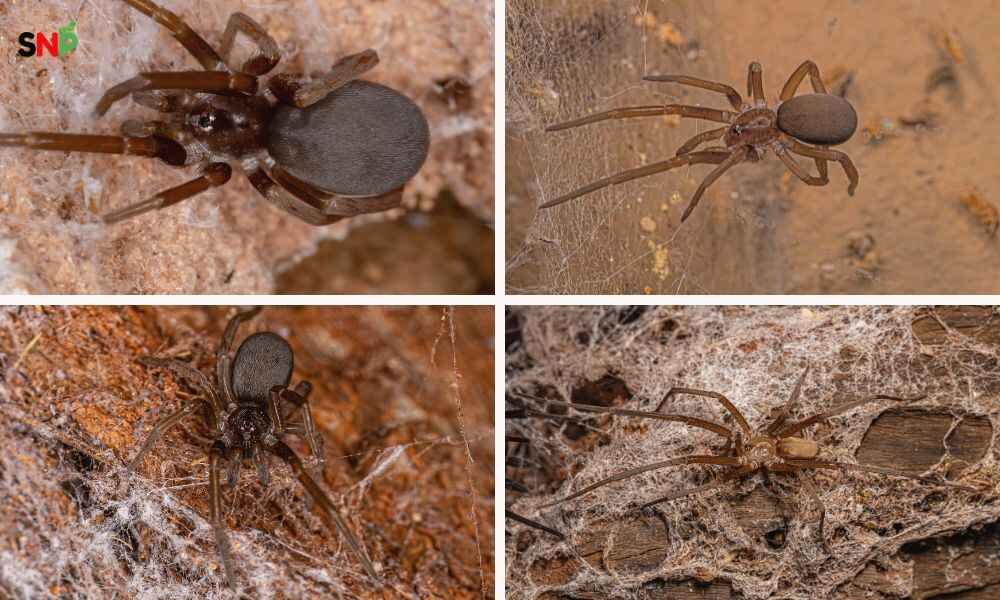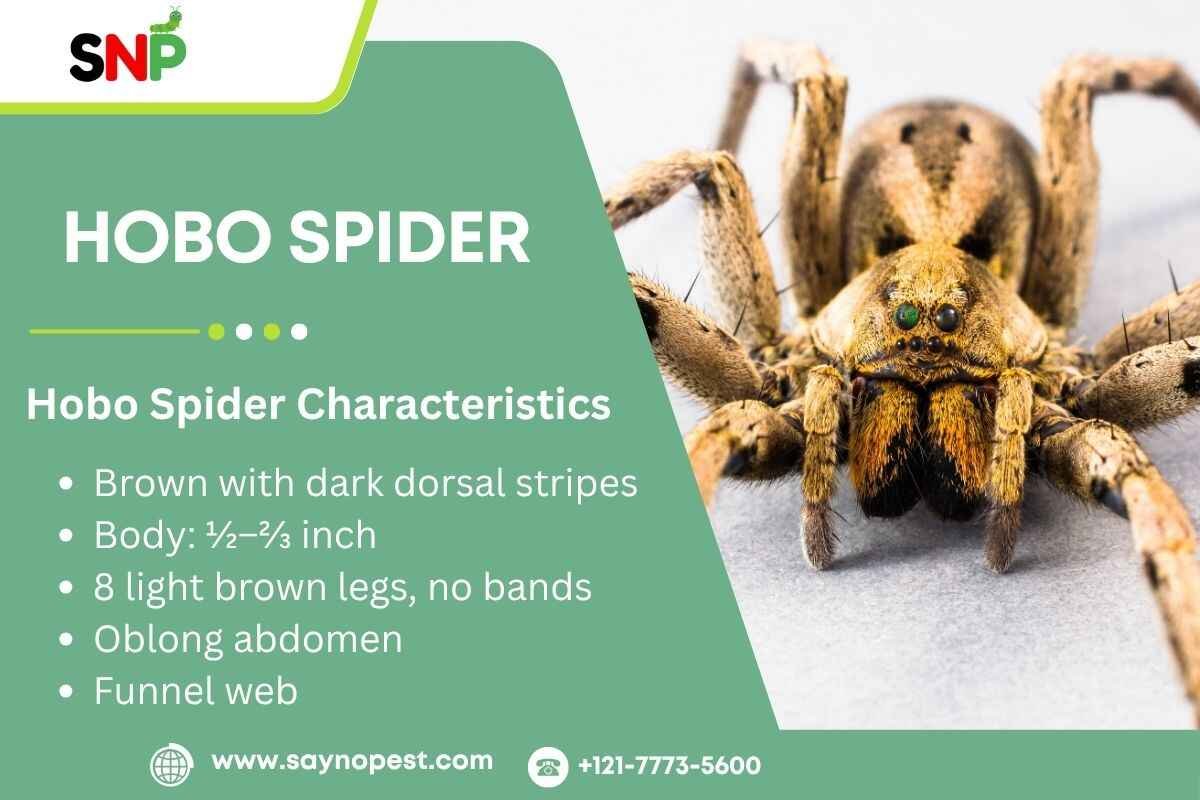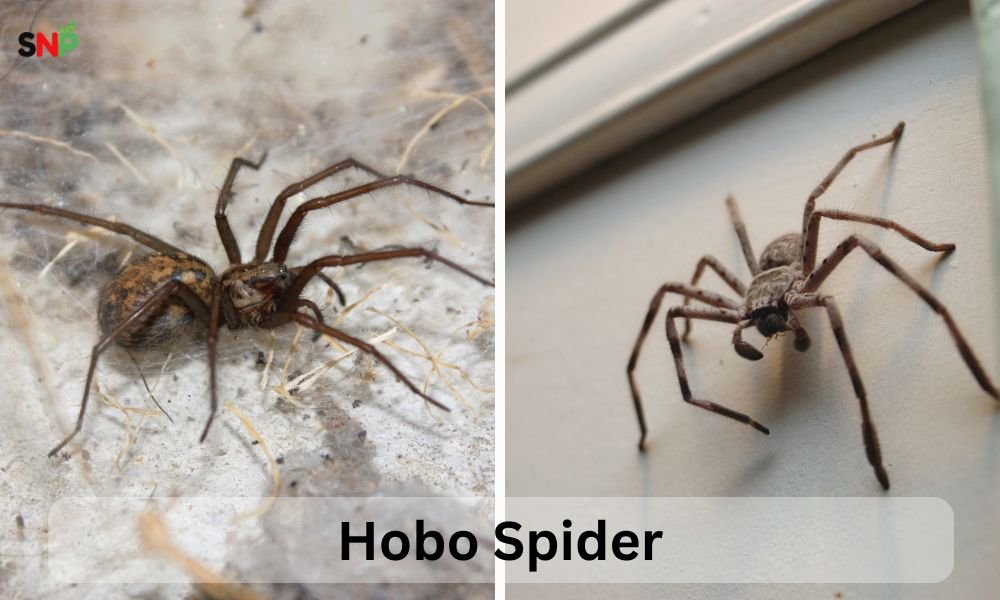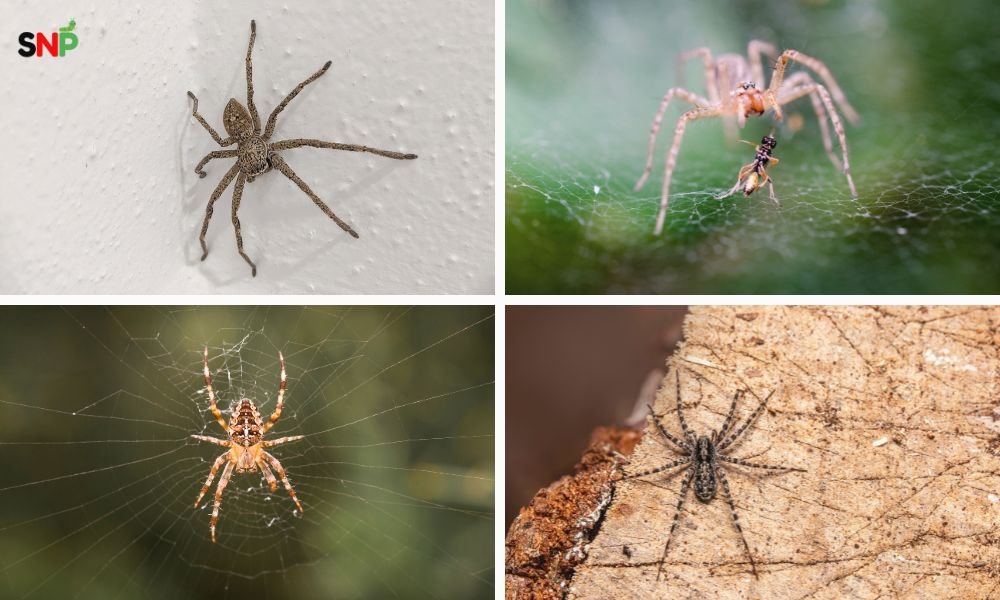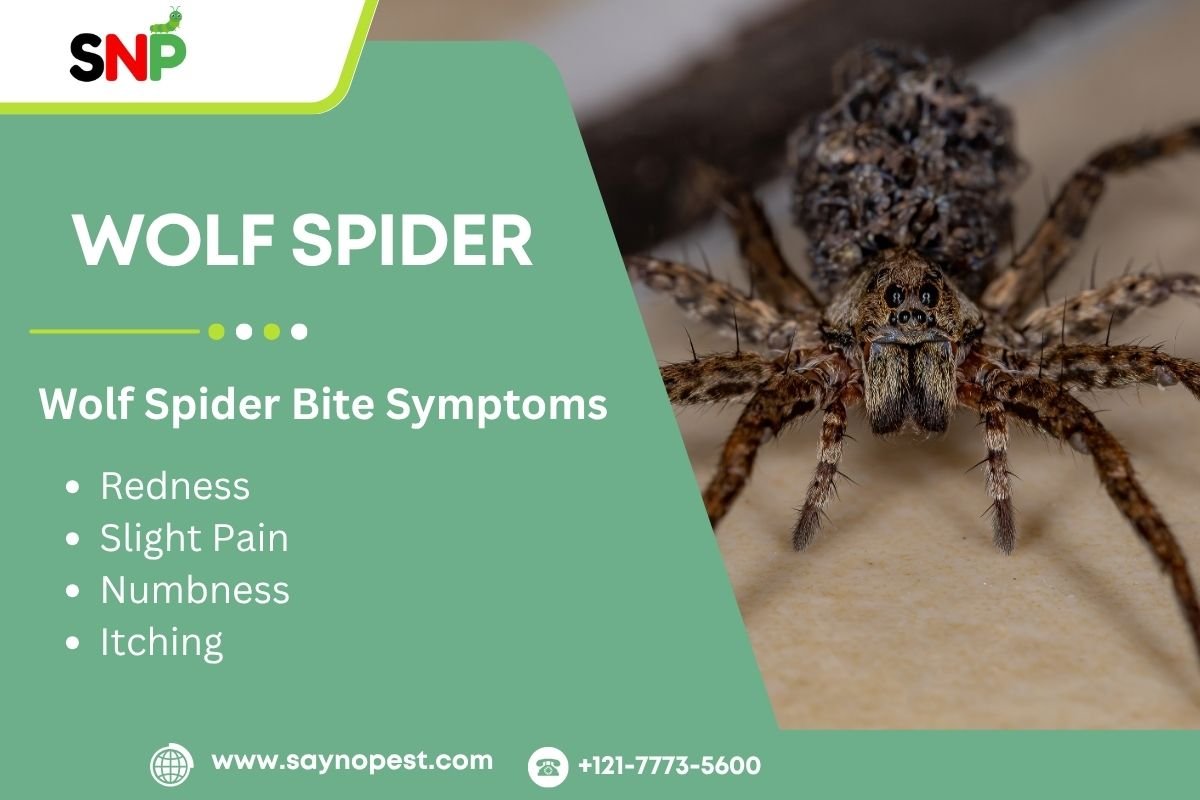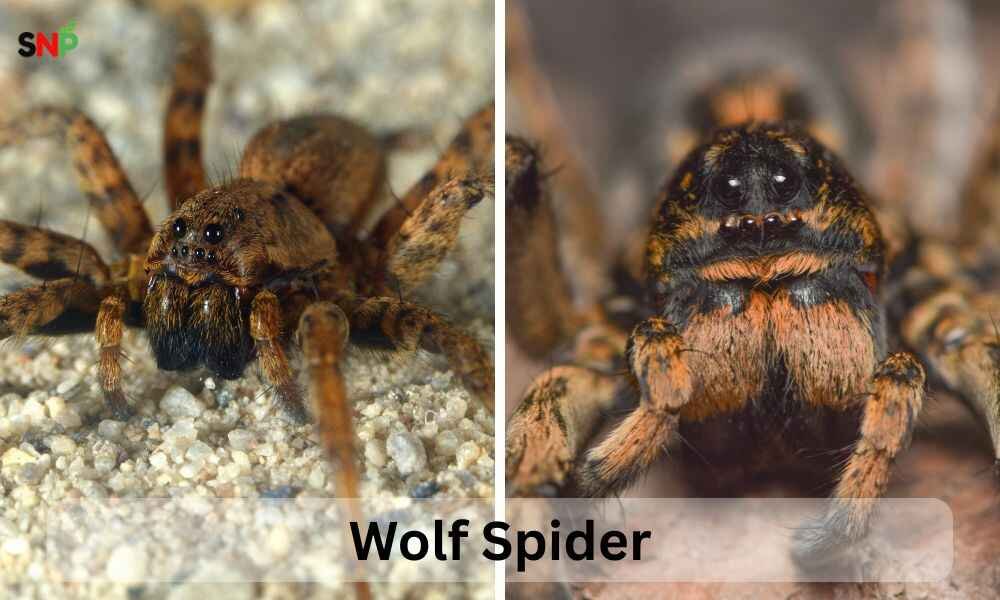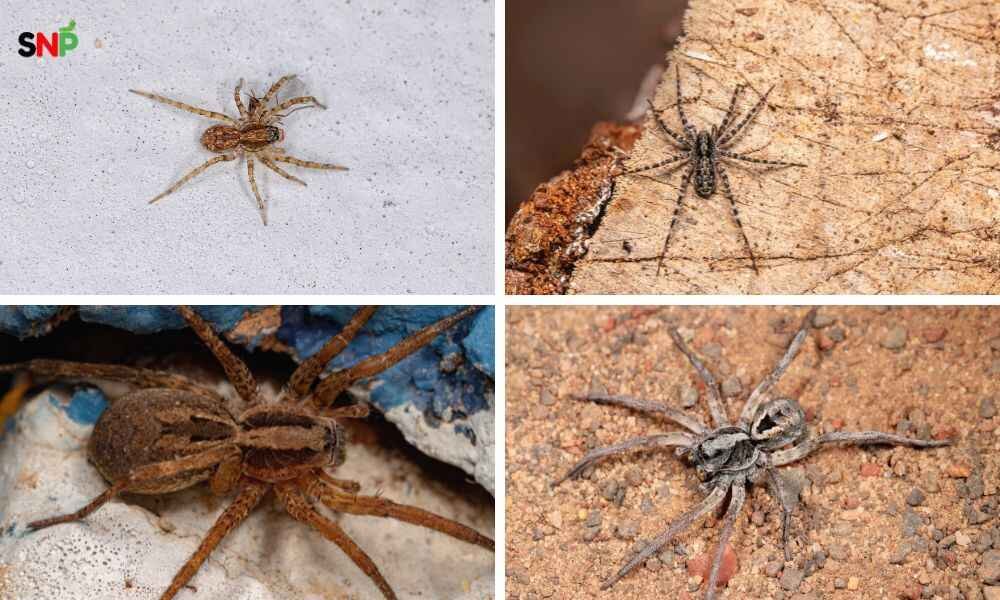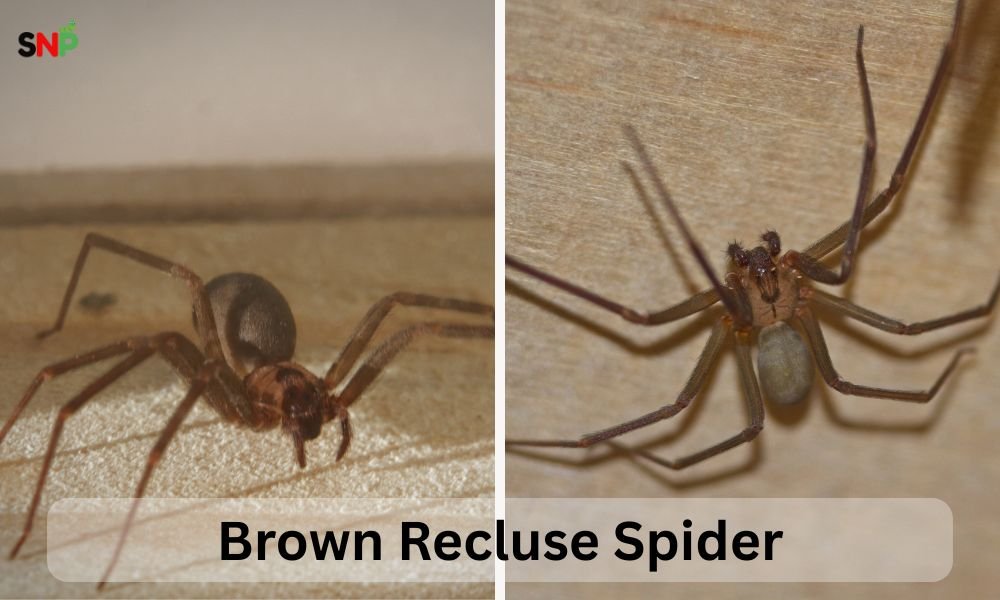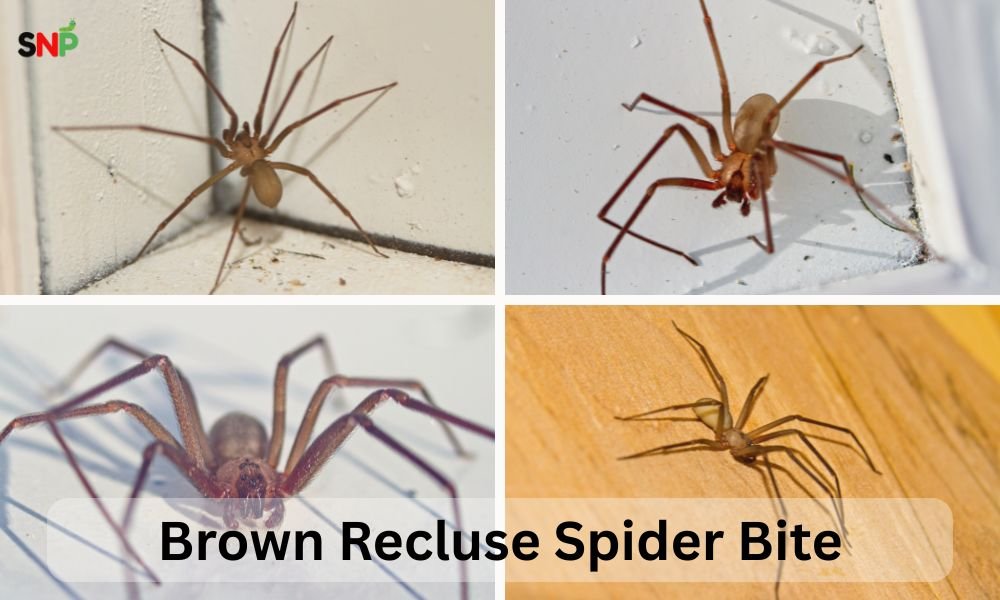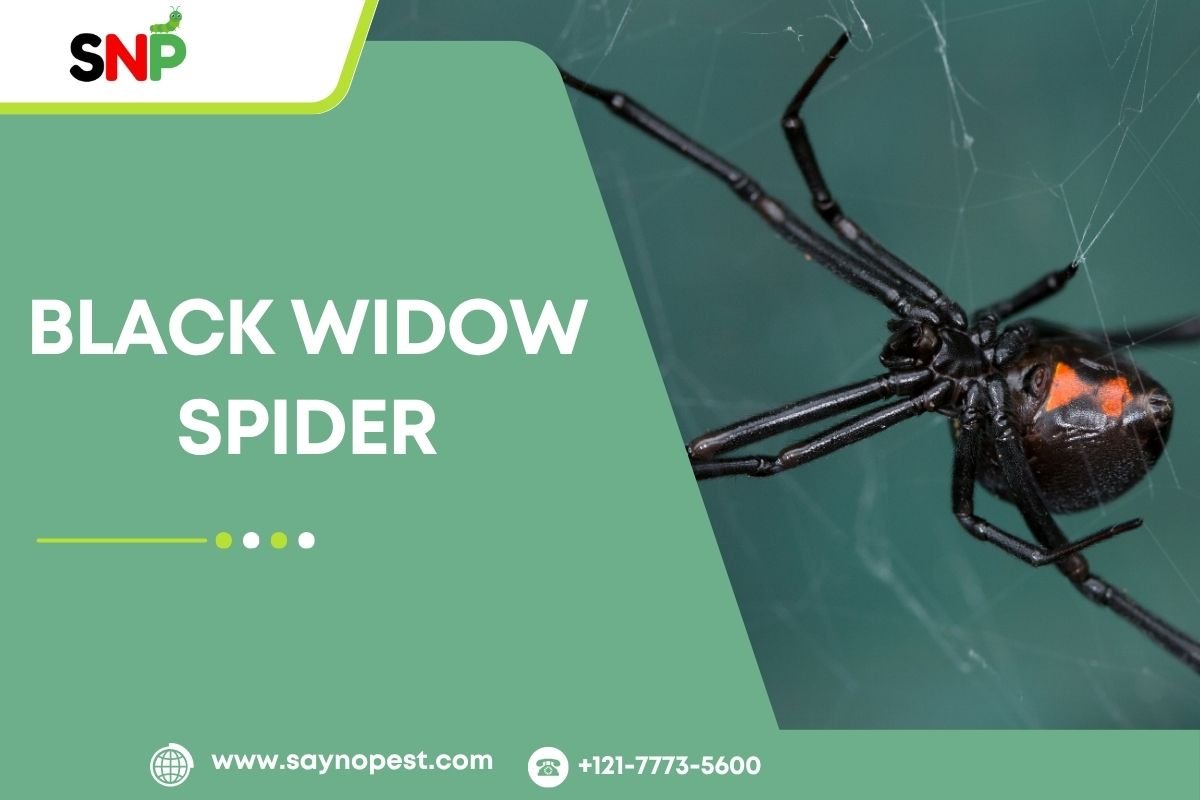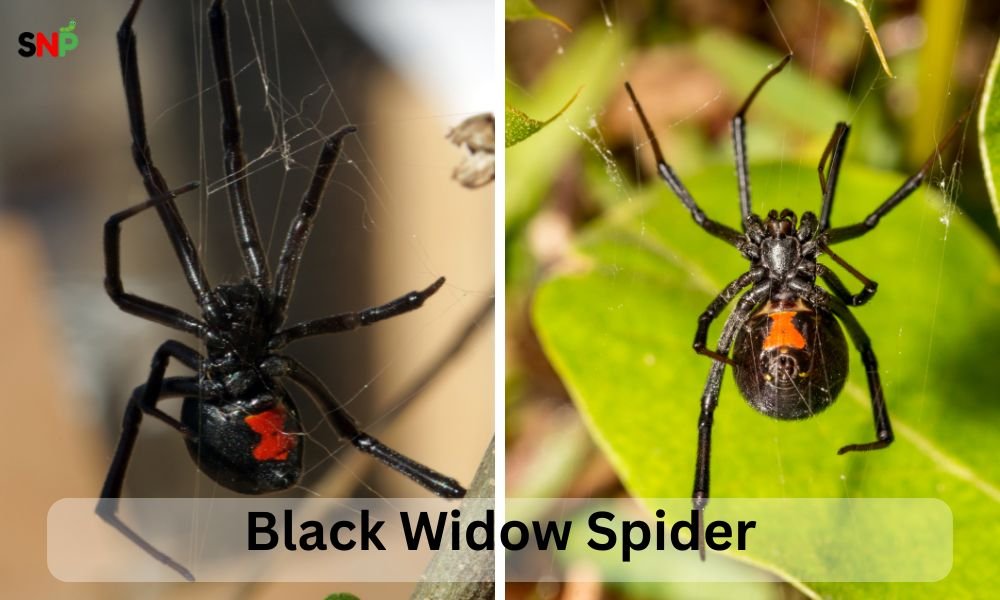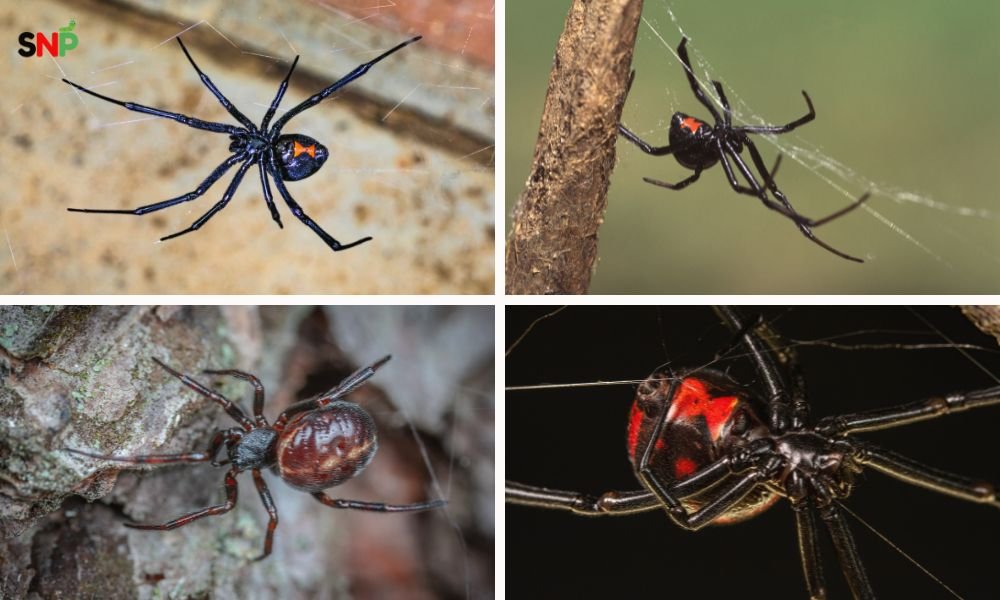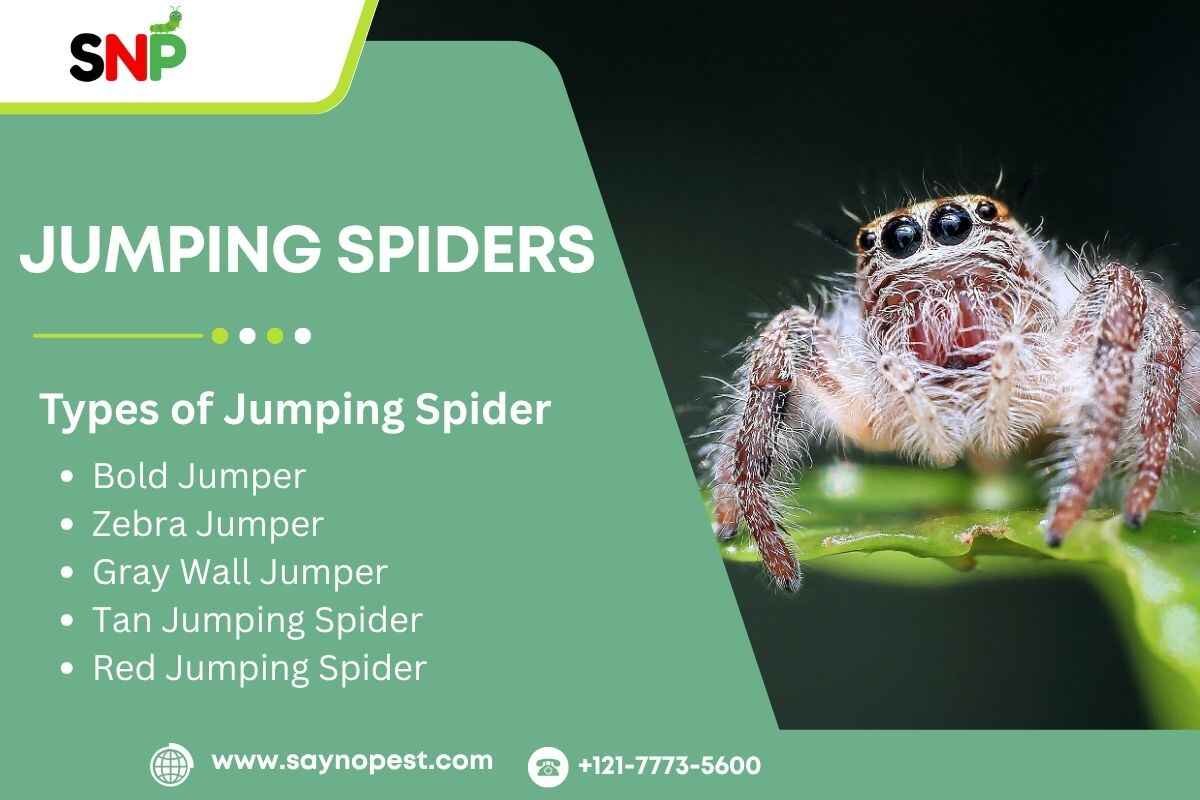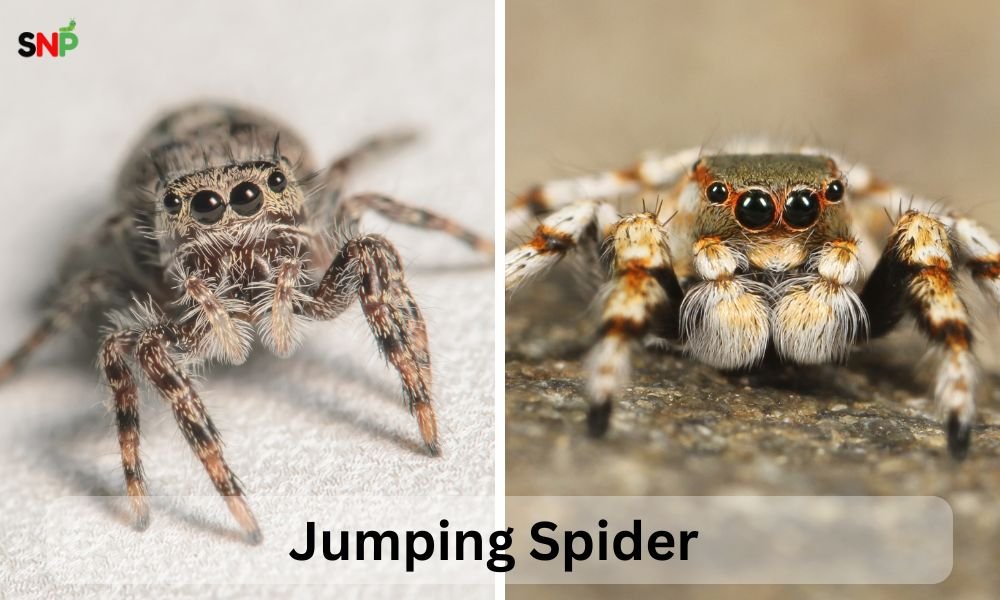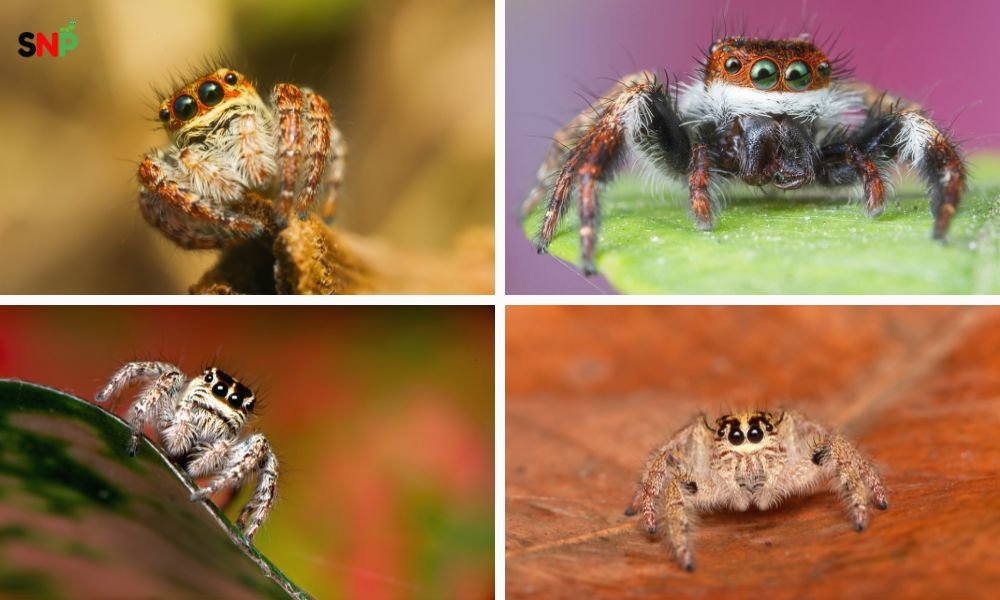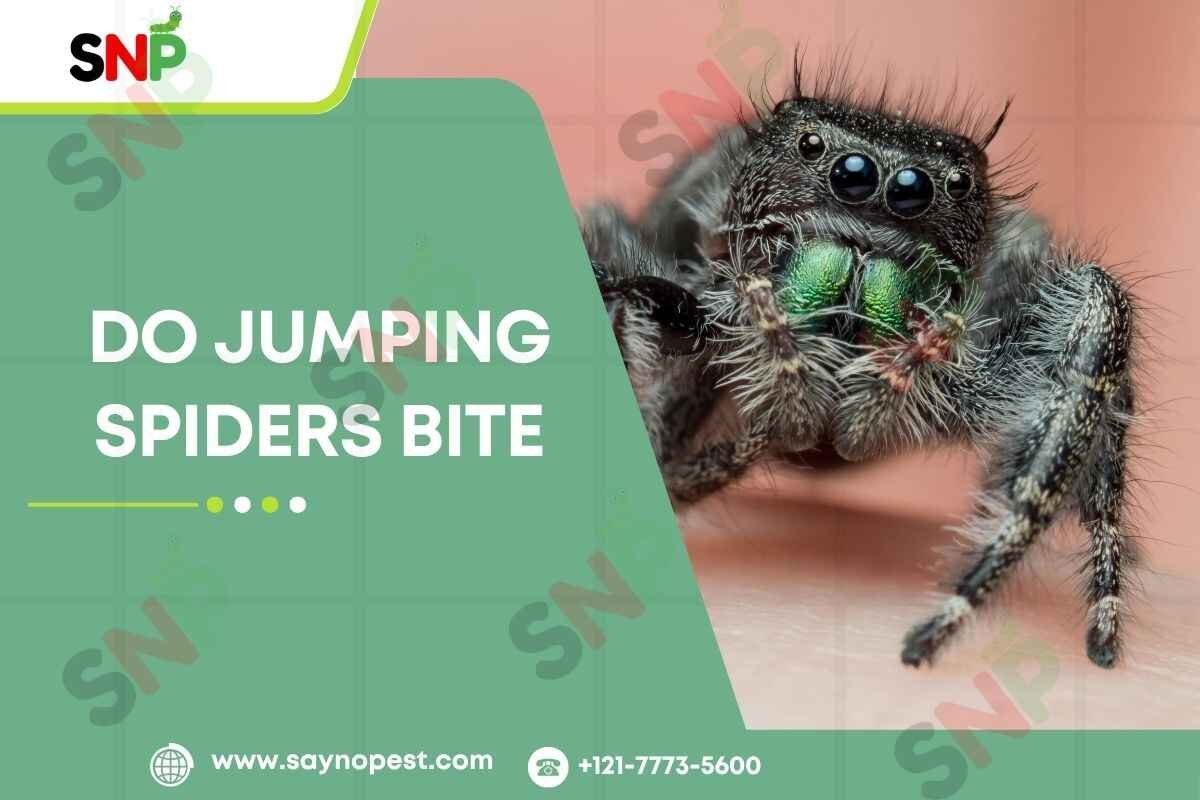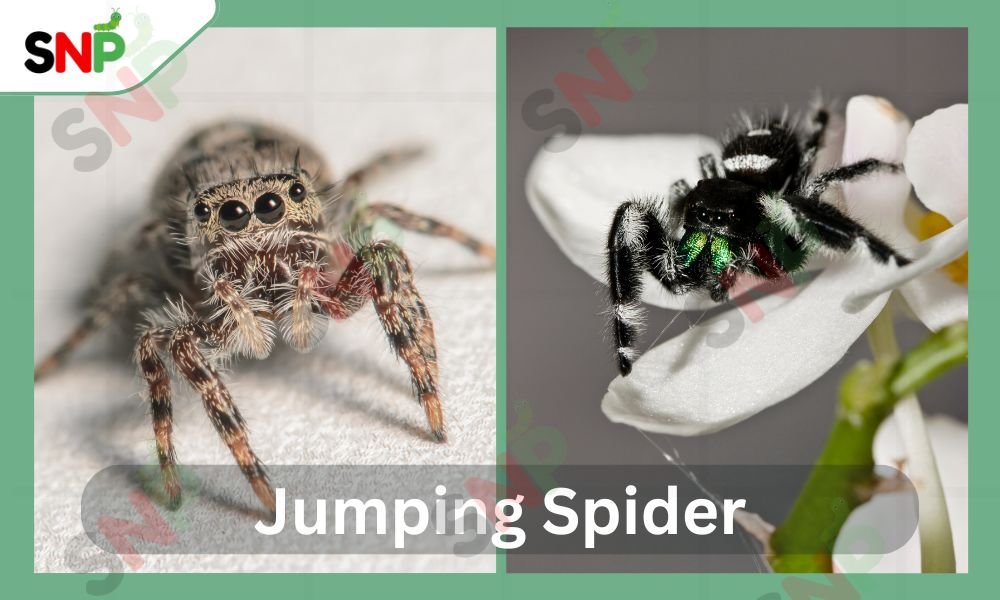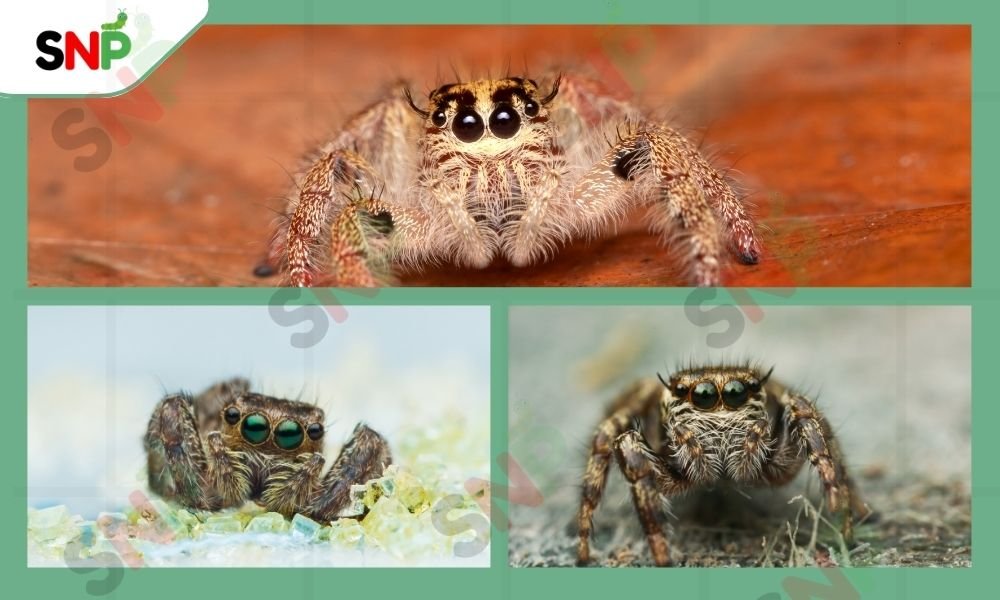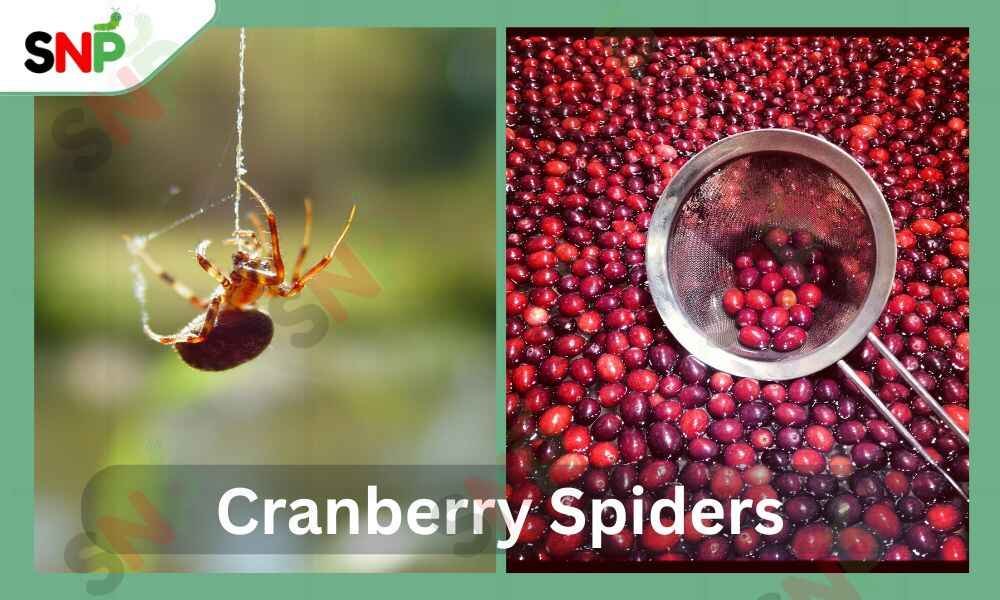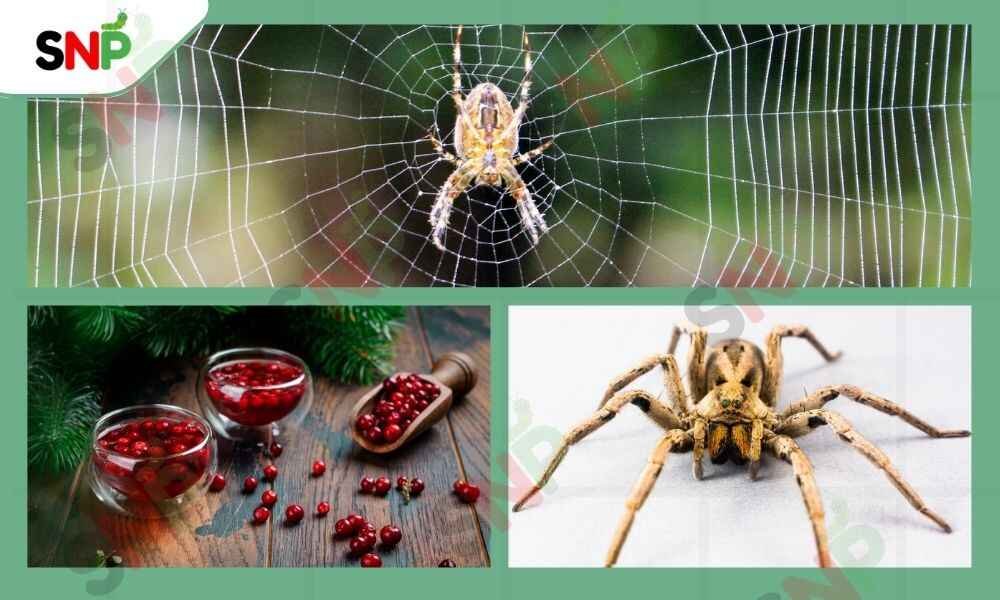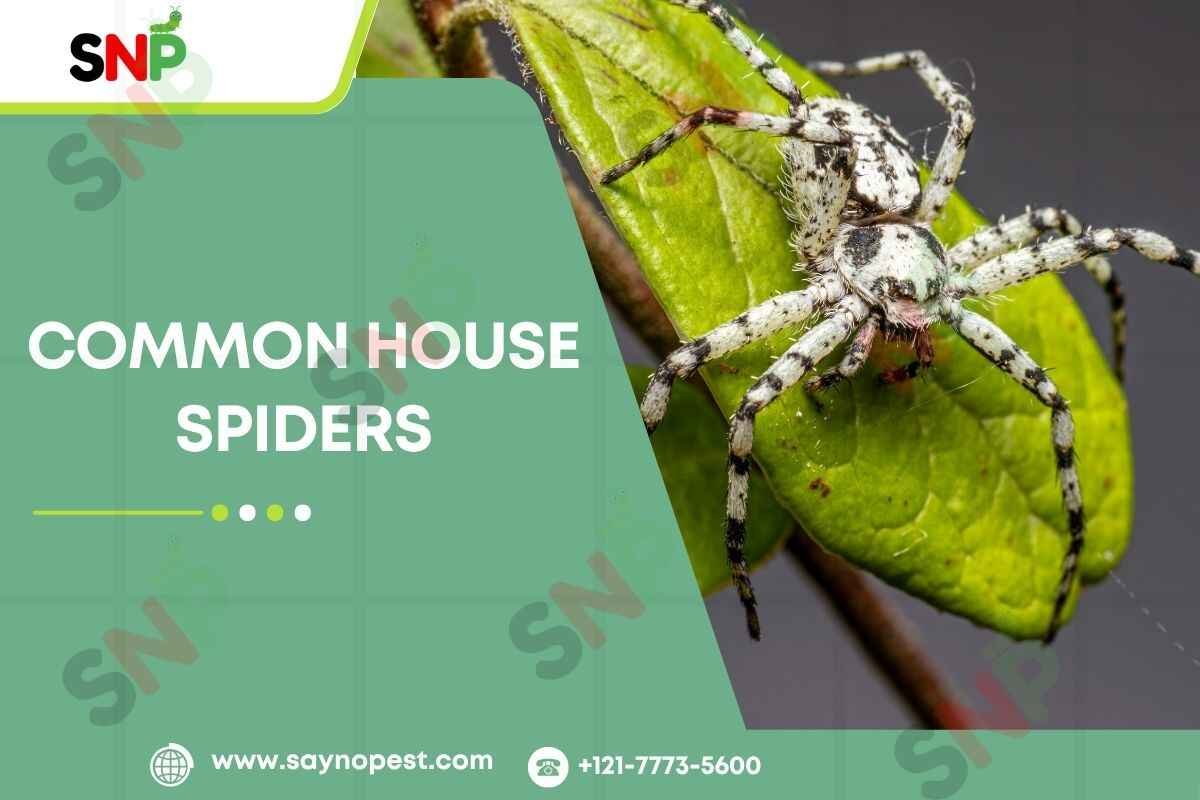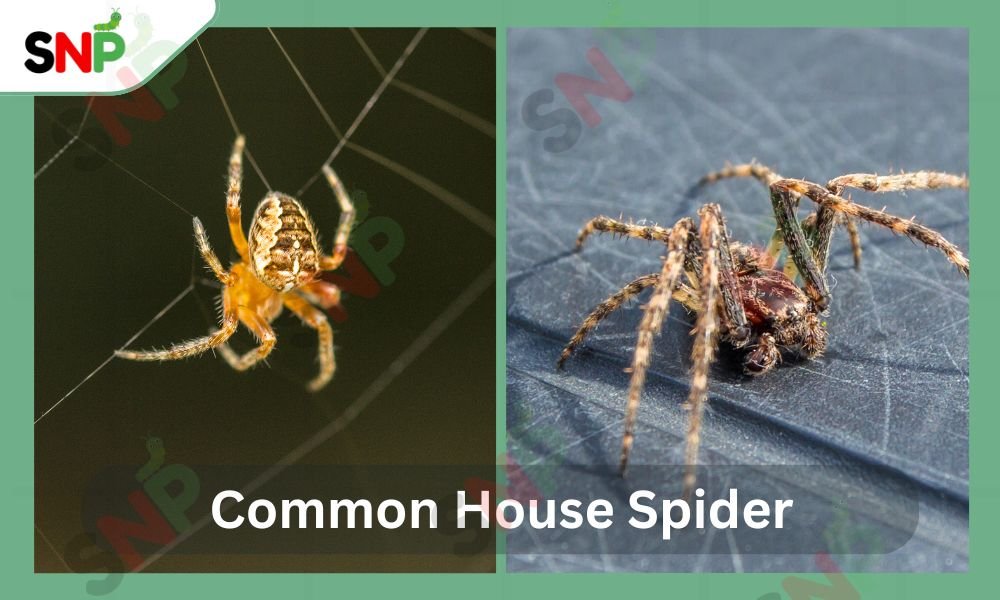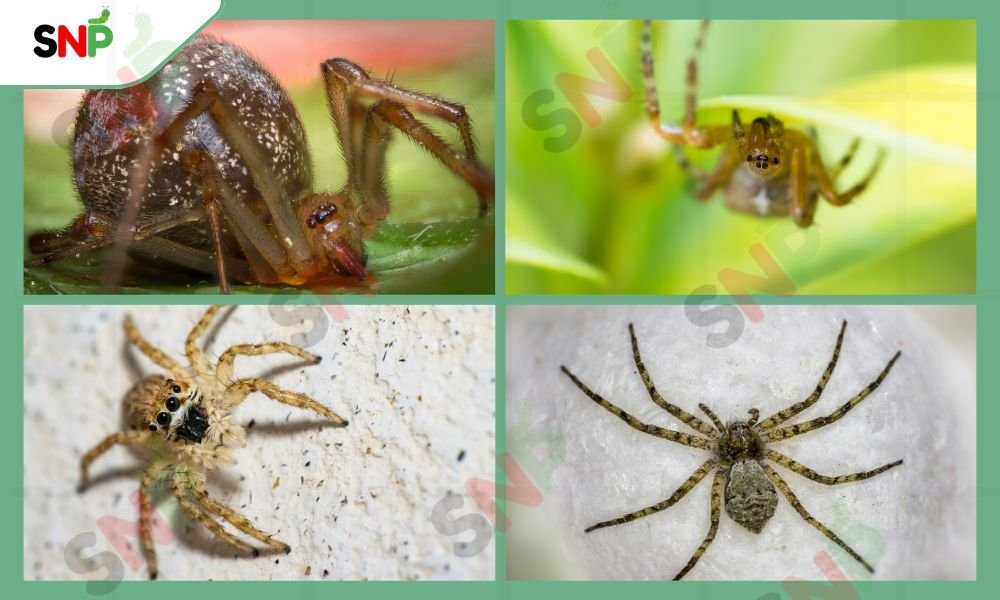The yellow sac spider is a tiny creature, but one of a kind that has left its mark on the entire United States. The American yellow sac is a very adaptive species and is known for their nocturnal hunting habits; thus, they are a highly discussed topic among the American public and the pest control initiatives. In this article, we will undertake a thorough investigation of the spider’s nature, including the yellow sac spider lifespan, the symptoms of a yellow sac spider bite, whether they are venomous, as well as the best ways to remove them from your environment. Indeed, if you happen to become victims of these pests or you simply would like to keep yourself updated, the following paragraphs contain accurate and useful information.
Yellow Sac Spider Lifespan

The yellow sac spider lifespan can described as limited but concentrated in terms of activity. Mostly, it is the case that spiders’ life is measure in months to a year, however, some can have a life span as long as two years if the conditions are favorable. Generally, female spiders live longer than males, especially if they have a consistent source of food. The female yellow sac spider, after the mating period, will decide to lay not one but several egg sacks, each of which can be 17 at the minimum and 80 at the most. The mother spider takes good care of her eggs till they are hatch, and the larvae are born in the spring, thus, the cycle goes on. Hence, the yellow sac spiders lifespan thus short lifespan is still productive, which starts their presence in homes and gardens in the U.S.
Yellow Sac Spider Bite
Most times, the yellow sac spider bite can be a source of worry for American householders. They operate during the dark hours and usually get their meals through hunting. The yellow sac spider bite is mostly a result of very few symptoms that can be redness, swelling, and a burning or painful sensation at the location. If the case is so, a minor vesicle may be the result of where there can be a shallow ulcer may form later on. The body generally reacts to the yellow sac bite by healing it without medical help, while for some people the reactions may be a bit stronger, like nausea or fever of a low degree. Should symptoms intensify or there signs of infection, consulting a medical professional is highly advise.
Are Yellow Sac Spiders Poisonous?
People many times ask are yellow sac spiders poisonous, and the answer is a bit confusing. The yellow sac is a type that is commonly referred to as the “American yellow sac spider,” which surely has poison that is used to kill other insects. Nevertheless, although the venom is capable of irritating humans, the majority of people do not find it medically significant. The yellow sac spider bite is very seldom a threat, and cases of severe allergic reactions are few and far between. The spider, which is popularly known as the brown recluse or black widow, is the type that is consider a major health trouble, but the unheroic sac spider is surely not on that list. Still, their mouthfuls can be unwelcome, so it’s wise to be conservative and avoid direct contact whenever possible.

How to Get Rid of Yellow Sac Spiders
Seeing an American yellow sac spider in your home means that you should take some steps that can not only save you from getting spider bites but can also bring down the number of yellow sac spiders in your home. Below are some actions you can take to get rid of yellow sac spiders:
- Eliminate hiding places: Deep cleaning and decluttering of spaces such as closets, basements, and attics, which are the likely hiding spots of spiders, need to done frequently.
- Seal entry points: Get rid of cracks, gaps, and holes around doors, windows, and points where sealing starts so that spiders can not enter your home.
- Remove webs and sacs: Clean corners, ceilings, and behind cabinetwork with the help of a vacuum or broom to remove all webs and sacs.
- Control other insects: More pests mean that your house is a buffet for yellow sac spiders; conversely, controlling the pests will contribute to questioning finalizing the food supply of this spider.
- Use professional pest control: If the problem continues, you might want to hire a pest control expert who is knowledgeable about American yellow sac spider situations. Taking these measures, you can efficiently deal with and decrease the number of yellow sac spiders in your house.
Conclusion
The unheroic sac spider is a flexible and adaptable pest that can set up in homes across the United States. With a fairly short, unheroic sac spider lifetime, these spiders reproduce snappily, ensuring their continued presence. While an unheroic sac spider bite can uncomfortable, it’s infrequently dangerous, and the spiders themselves aren’t consider highly toxic. By understanding their habits and taking a visionary approach, you can minimize your threat and keep your home spider-free. For patient problems, do not hesitate to seek professional help; guarding your family and property is always worth the trouble. Whether you are a homeowner or a pest control professional, staying informed about the American unheroic sac spider will help you address infestations effectively and confidently.

